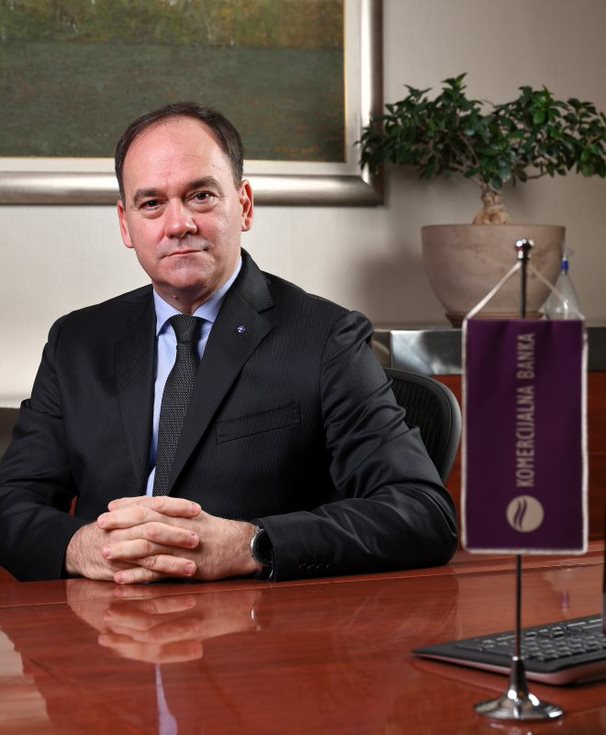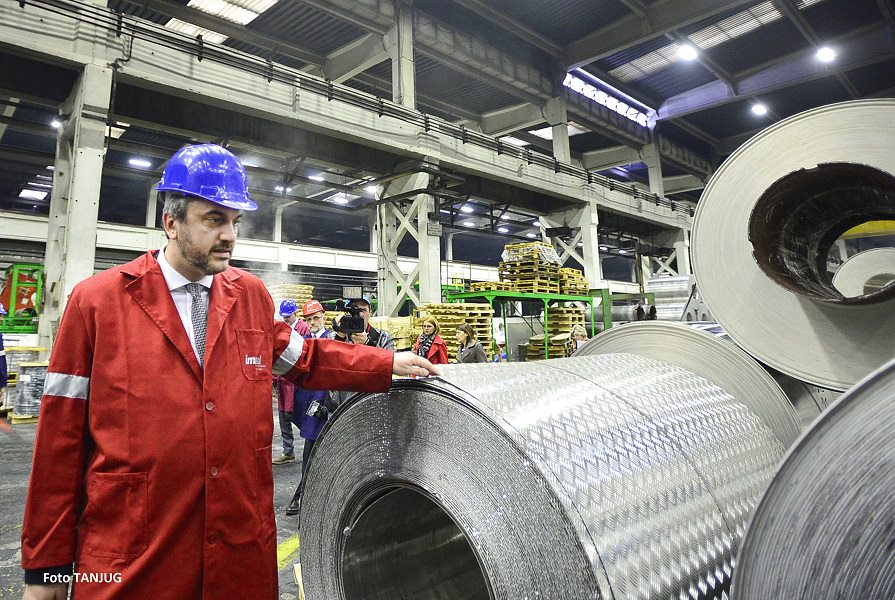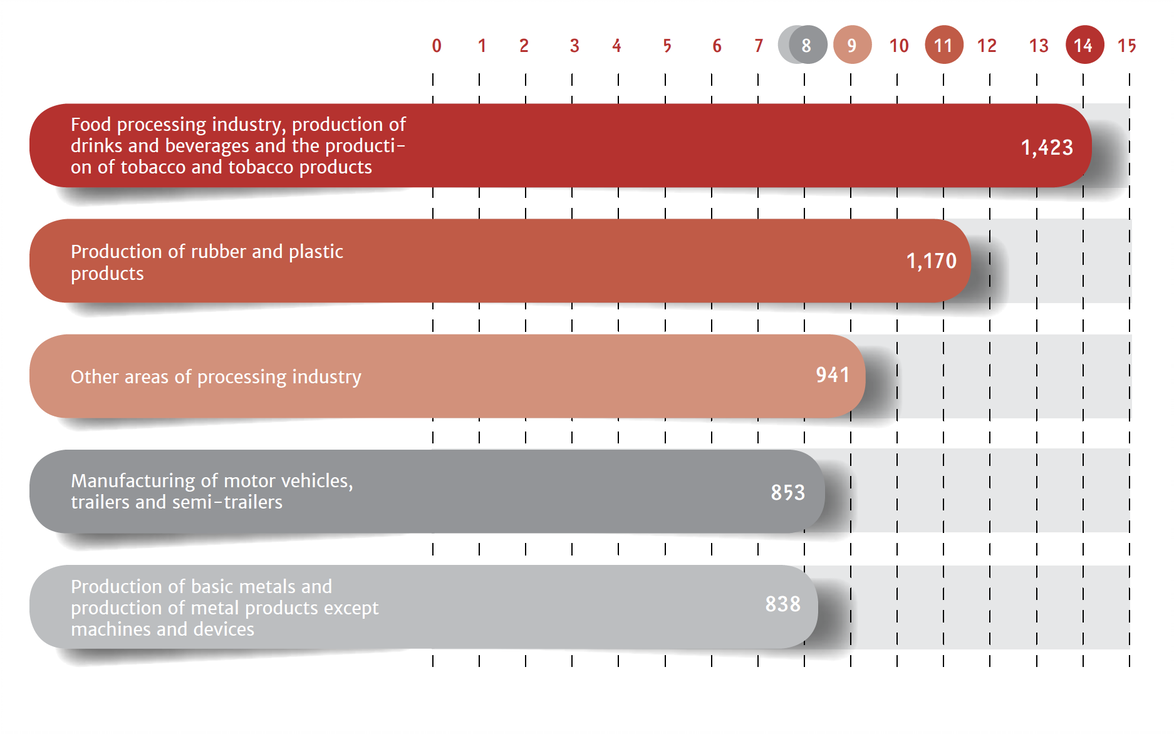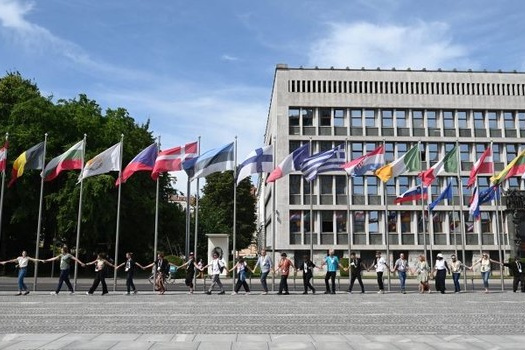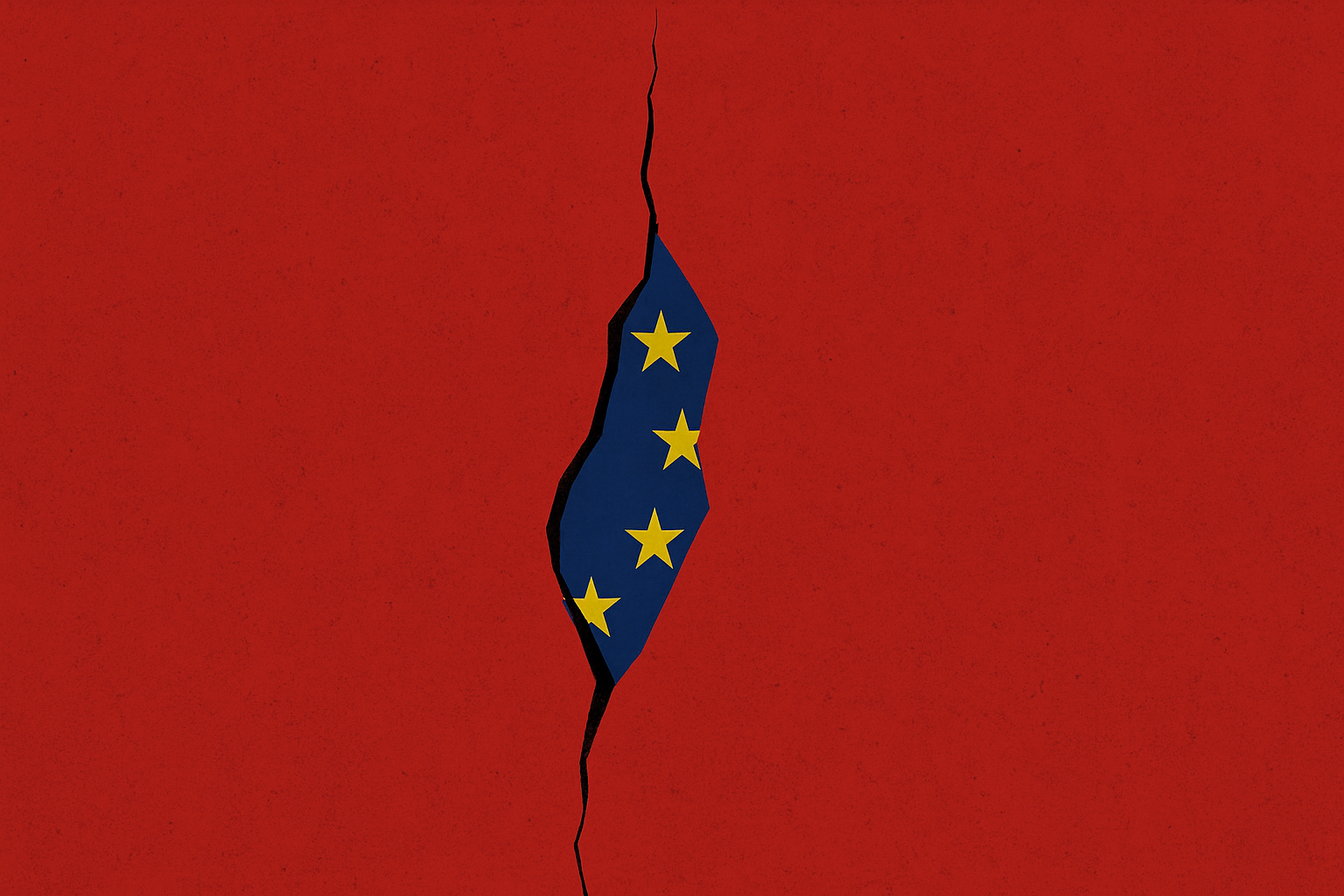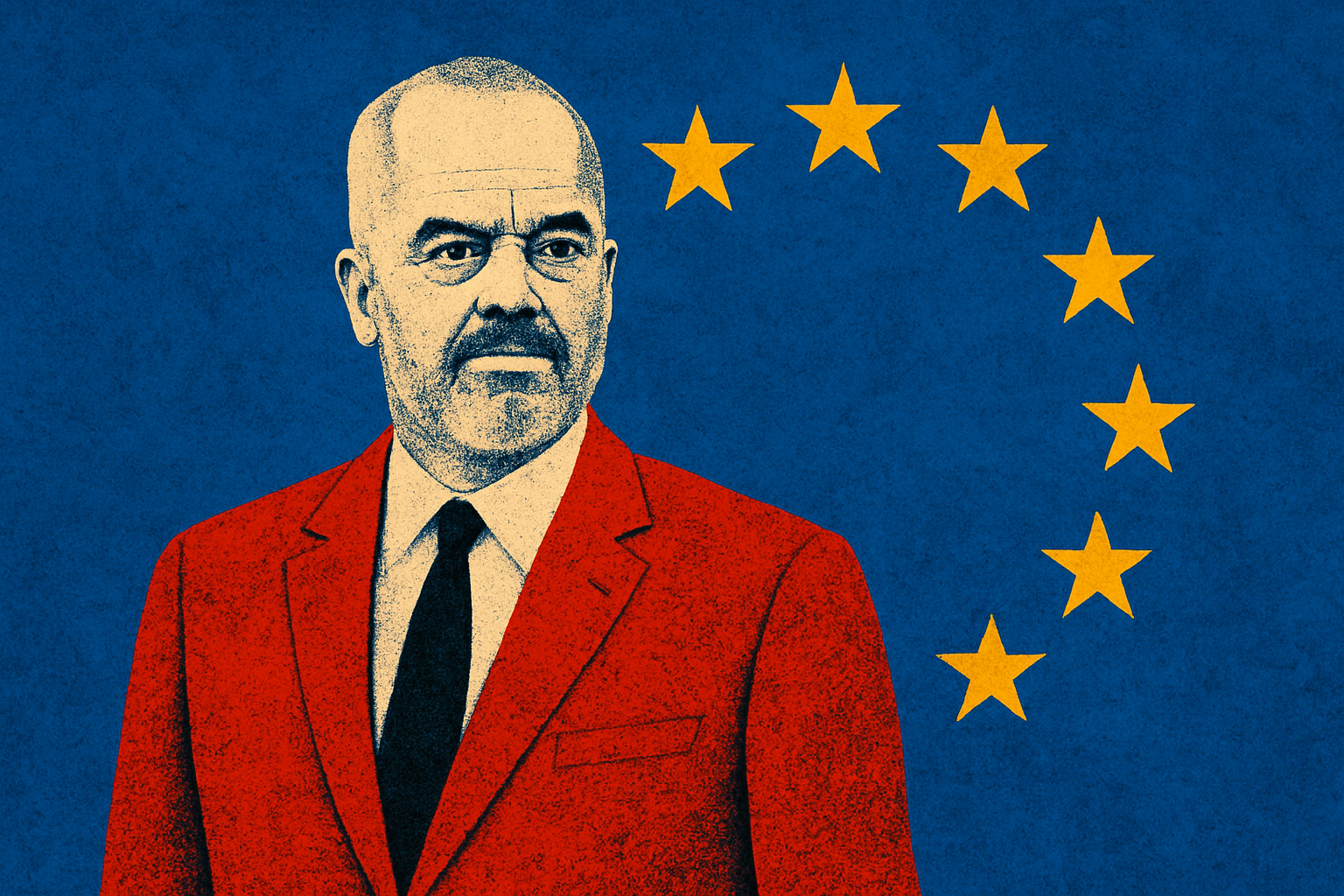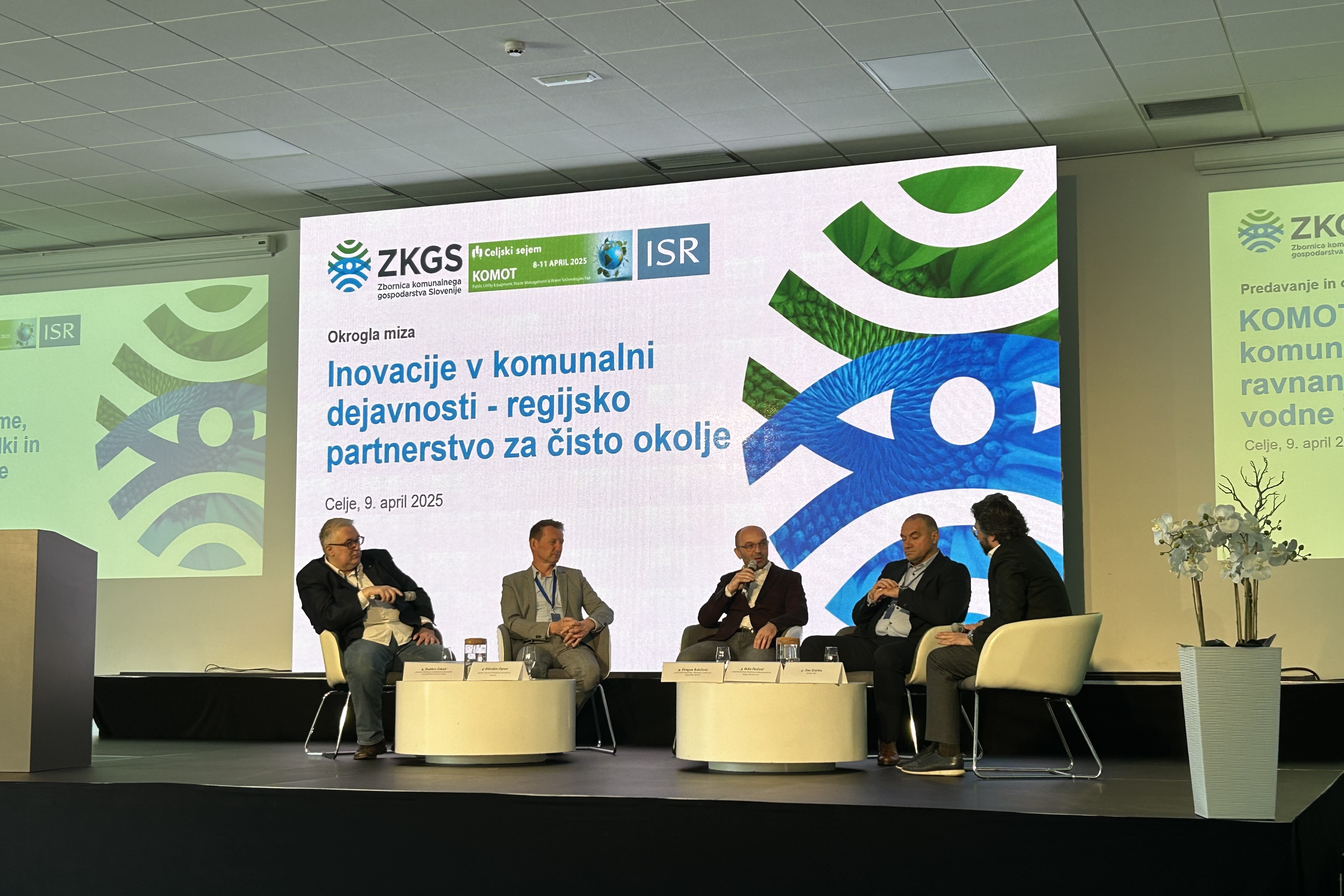Serbia turns a big corner
Getting Ahead of the Game
Maja Dragović
JOURNALIST AT THE ADRIATIC
Over the last two decades, Serbia has turned a big corner. It has gone from seeking IMF help to becoming a country that attracts the biggest number of FDIs in the region. While all the countries in the region have been left with dire consequences from the coronavirus crisis, Serbia has been almost unscathed. The focus is now on the future and repositioning the country as an environment for high technological investments.
While most of the region and the world is reeling from the severe economic impact of the coronavirus crisis, Serbia’s economy seems to have gotten off lightly. Last year’s GDP is expected to decline between 1% and 2%. For the comparison sake, in Montenegro it will drop more than 14%; in Croatia around 10%; Slovenia’s economy will contract by around 7%; Bosnia and Herzegovina’s GDP will decline by just below 5%; and North Macedonia will see a drop in GDP of around 13%. So how did Serbia manage to escape with just a scratch?
There are several factors, says Vlastimir Vuković, new President of the Executive Board of Komercijalna banka Beograd. “Firstly, it is due to the structure of the Serbian economy. Most affected industries are tourism and transport and in Serbia those two sectors are not a significant part of our GDP.”
“Secondly, agriculture, which is the key industry of our economy, was not impacted by the crisis. In 2020, we had an almost 5% growth in agriculture production and food processing industries.”
The president of the Executive Board of Komercijalna banka adds that an important part of tackling the crisis was also played by the measures introduced by the government. Almost EUR 6 billion – almost 12.7% of GDP – was injected into the economy and allocated for the support of citizens and companies.
Investments on all levels have also continued throughout the crisis. According to the preliminary data, in 2020 FDI in Serbia amounted to about EUR 2.9 billion or 6.4% of GDP. Countries from the EU still top the list as biggest investors, with 60-70% of total investments coming from the Union.
Refocusing FDI
The types of investments that Serbia wants to attract have changed over time. Most FDIs 15 years ago were labour intensive as Serbia tackled high unemployment. As the level of
unemployment gradually decreased, eight years ago Serbia started implementing a new strategy in order to attract high technology investments and position Serbia as a competitive place to do business in a new environment, explains Marko Čadež.
“Now, for the last three years in a row, Serbia has been topping the Financial Times FDI index, attracting 12 times more FDI than comparative to the size of its economy”, explains Marko Čadež, head of the Chamber.
According to the data provided by the Chamber, the country has absorbed around 60% of all foreign direct investments arriving in the Western Balkans for several years in a row.
New Strategy
So how exactly has the strategy changed? Being proactive, not reactive. Focusing on the future and investing in education, explains Čadež. One is introducing compulsory coding classes from fifth to eight grade of primary school. “It is part of the children’s literacy and basic knowledge so they can be prepared to cope with a new business environment in the future”, he adds. By the time children finish the primary school, they are fluent in java or phyton or other computer languages. “When you start to work with kids early, then you really change the system.”
Then, three years ago, Serbia also introduced dual education in secondary schools. In practice, this means that students go to school two times a week, and for the rest of the week they work at a company with a mentor who is an employee of that company. “Children are learning and acquiring skills in the real working environment”, Čadež notes.
There are also discussions with universities to design a curriculum for students to work on real projects in the companies and get real-time knowledge.
Vuković adds that Serbia also needs to create an atmosphere for young people to stay in the country after they complete their education. “We have a brain drain of young people who are moving abroad. If we don’t address this, we won’t have sufficient work capacity in Serbia, we need to create good prerogatives for young people to stay here and have a good life-work balance in our country. This is also a task for NLB Group as a systemic institution in the country: “we could, for example, support young people to have better conditions when purchasing their first property.”
Bringing the Diaspora Back
The country is also working not only to stop the brain drain, but to bring some of the brains back from abroad.
Basically, we made it possible for the companies to give more money to the people coming back from abroad.
Marko Čadež
Head of Chamber
“We have a lot of people that left Serbia in 1990s and early 2000s who have been working for 20 years abroad and acquired skills and knowledge that would be useful back home… and the question is how to attract them back to Serbia”, Čadež reveals, adding that the government has introduced tax reliefs for the returnees – the companies that employ them are free from paying 70% of taxes, social insurance and health insurance for three years.
Attracting R&D
With the focus on the future, Serbia is repositioning itself as an investment destination for high technology products. The government has introduced special incentives for all companies investing in R&D and intellectual property, regardless of industry. Those include paying 3% instead of 15% of corporate tax. Čadež adds that companies actually end up paying zero government tax over three years because “every EUR they invest in an R&D operation is doubly deducted from tax.”
What Serbia is aiming for, Čadež explains, is to attract investors like the German company Contintental, a leader in automotive sector.
“This is an example of how an investment goes perfectly: they started with simple production, then they manufactured a collection of electronical devices, then they started to work on software, then they opened and R&D centre in Serbia, they developed a product in Serbia and now they are building factory for that new product in Serbia”.
According to the information provided by the Serbian Business Registers Agency, there are 17,481 companies (legal entities) with majority foreign ownership (over 50% foreign capital) operating in Serbia today, which is 13.5% of the total number of registered companies.
Serbia is currently negotiating with more than 50 foreign companies from all continents. Toyo tires from Japan started the construction of a tire factory in Indjija at the end of last year, and the Chamber says another investor from Japan plans to invest as much as USD 2 billion in the construction of a factory for electric car engines. The Canadian Magna, which commenced production in Aleksinac last June, plans to build its own plant which will enable expansion of its capacities and create more jobs.
Priority Sectors
Though the focus is on R&D across different industries, priority sector remains agriculture and food processing. “In terms of food production, we have the natural resources because of Vojvodina and huge agricultural land.”
“We already have companies that are leaders in frozen food. In Norway, every second frozen food in supermarkets comes from Serbia. In 2020, there was a 20 % increase in
exports in agricultural products just in 2020, while the exports of finished food products increased by 5%, according to Čadež.
Vuković adds that, in regards to the agriculture, sustainability also needs to be taken into account. In agriculture it is very important to produce food in a natural way, he says, explaining that NLB Group, which has firmly embarked on the path of sustainable business operations, will, for example, provide support and promotions to farmers who tackle farming in a sustainable, ecological way.
“In certain programs we offer special conditions for certain producers who cultivate food in a natural way. Sustainability is very important, we need to give our personal seal for tomorrow generations. In that respect Komercijalna banka as part of the NLB Group will and is doing all the things which are necessary to support and promote producers and industries which are economically sustainable and apply ecological way of producing.”
Other priority sectors include manufacturing technologically advanced machines as well as IT. Today in Serbia there are about 23,000 companies only doing IT while the software export was worth EUR 1.5 billion in 2020.
IT plays a significant role in the future of Serbia’s economy beyond programming and software. “To transform the economy, we are trying to combine the IT community of innovative and digital companies with traditional ones,” explains Čadež. “We are trying to bring companies from both spectres together to give them people which are certified by our chamber as consultants in digitalization. The challenge is how to digitalise production process, make changes in sales management as well as supply management. Advisers create a roadmap and then companies implement it. This is most important for us: how to actually transform traditional industries as quickly as possible. They will be transformed anyway: If you don’t change you will not exist. But for us it is important to do it quickly, systematically and to be really technologically most advanced digitalized industry in this part of Europe. This is our goal.
Vlastimir Vuković
Executive Board President
Komercijalna banka Beograd
After purchasing the majority shares in Komercijalna banka, Slovenia’s NLB Group now has two banks operating in Serbia, bringing the Group to a third place by total assets.
“This makes us a systemic player in the country. This is a huge responsibility and a huge chance for us to create good value proposition for both our customers and our employees. And also become the leading bank in Serbia within four years. This is our strategic focus – to be the best bank. The best bank doesn’t necessarily mean the biggest – it means where customers as well as our employees love to be. Komercijalna banka has great potential but we need to invest in human capital, technology, customer experience. We will play a very important role as we have 203 Komercijalna banka branches across Serbia and more than 850,000 active customers. It is a huge responsibility. Systemic player has systemic obligations: to provide best services for customers and our employees.”
THE ADRIATIC
This is an article from Adriatic Journal Strategic Foresight 2021
If you want a copy, please contact us at info@adriaticjournal.com.


